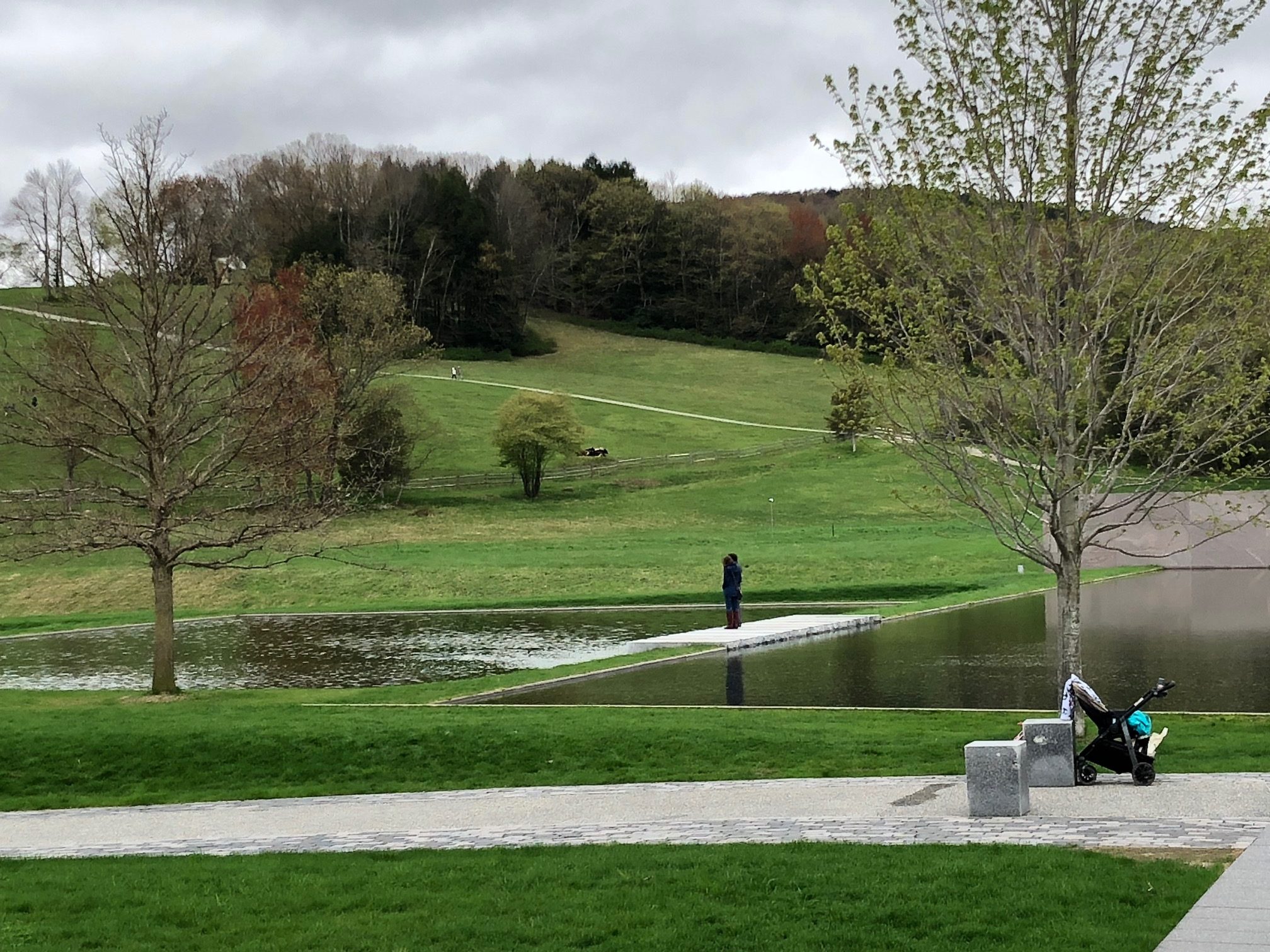
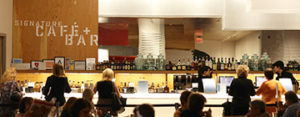
When the late great James Houghton, the founder of Signature Theatre in New York, was envisioning their new building on 42nd Street (designed by Frank Gehry Architects and opened in 2012), he wanted a space where people from all over NYC could meet, work, hang out and have all sorts of creative collisions between very different people. He wanted their new space to feel public and of service to the community. They designed a central lobby and café where anyone could be allowed to hang out for hours (and tap into their electricity for a free smartphone or laptop charge) without every buying anything. People can meet there, plan new projects together, or read quietly while waiting for their next appointment – whatever. Since 2012, it’s become some of the most valuable real estate on 42nd St. for every day artists and audiences, because it’s a free – and welcoming – hangout. The building, housing three major theater spaces as well, in addition to rehearsal halls, staff offices, etc., bubbles with energy and serves a public service. It’s a new building with an old purpose – serving as a town square where neighbors and strangers alike can gather.
The past two summers (and again this summer) I’ve been serving as the Chair of the Grants Panels for Theater at the New York State Council of the Arts (NYSCA), reading about 120 grant applications each year from theaters throughout NY state. Some of these theaters are intending – or already in the process of building – new buildings. Some of them have partial public spaces – but some are also pursuing a more traditional approach, with nothing but a tiny lobby at the front of the theater to pick up tickets, and no real public space. What these new theaters say– and the old ones still say is – “we’re closed.” “Go away unless you want to buy a ticket.” “Don’t come in here unless the show is less than an hour from starting.” “Do NOT loiter here.” For those who are still in the planning stages of buildings, we on the panel agreed last summer that NYSCA should send a clear message to everyone seeking funding for their new buildings: build a public square. Build a space in your building for gathering. Think about how the public can access and use your building beyond (and before, during and after) your shows. Because, for a space to be truly useful today, it has to be accessible and available to the community. It has to serve as a “third space” for anyone needing one. If an organization wants to be vital, useful and communal, it has to be willing to risk really opening its doors to the public, without restrictions. Otherwise it will stay a fortress of solitude for the artists and staff inside, no matter how modern or beautifully it’s designed. And the organization will always struggle with the age-old question: “how can we engage more of the community?”
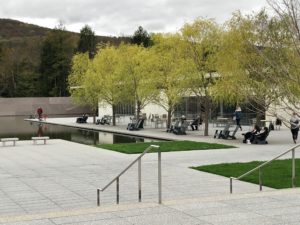
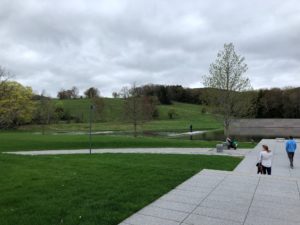
I spent some time at the Clark Art Institute in Williamstown, MA a few weeks ago. The new wing is modern and fairly sleek, but the real genius of the expanded museum is the outdoor communal space. It’s a place where the museum maintains not just artworks but also trails throughout the surrounding woodlands, and the architect Tadao Ando beautifully wrapped the natural surroundings into a wonderful outdoor gathering space as part of the museum, that embraces the aesthetic of the new wing while featuring the gorgeous natural beauty all around. This outdoor space is a respite from the more myopic focal points of the museum – and brings to life a larger vision of what the Clark Institute of Art is and can be – a place where people, art and nature mix to find a kind of utopian rest.
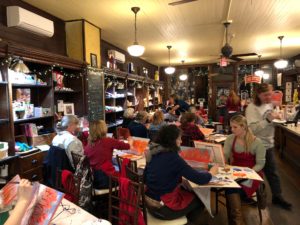
When I first arrived at Hubbard Hall five years ago, we had a very nice Village Store in one of our storefronts on the ground floor. The only problem with it: it wasn’t sticky. There wasn’t a reason to go in there every day – and once you did there wasn’t much to keep you there beyond a few minutes of browsing. We needed something stickier – and more useful to our community as a “third space” for gathering. When I pitched Lisa and Scott Carrino on moving the Round House Bakery Café into our space, it was largely with this in mind – that the Round House was and could serve our community as a wonderfully warm, welcoming space where we could hang out, connect with friends, meet new people – and do all kinds of activities, from open mic nights to storytelling and to paint sip evenings. We as Hubbard Hall needed this kind of sticky space, this place where people could gather before and after shows and connect with their neighbors and strangers alike. Now, a few years later, the café is one of those spaces in Cambridge. A place where you can hang out, make or reconnect with friends, and take a break from your everyday busyness to breathe, listen to some music and refresh yourself. The café is now our Sticky Place, our open place, our hub inside the hub. It’s a gift to the community and to us as an organization, as it draws people from all walks of life into our building. It welcomes strangers and friends alike and gives us the chance to connect more and more often with a wide variety of people. What we do with those connections is the next step. But having our space continually serving our mission to “make art and community happen” is something we can be proud of.
This post was originally published by the author in The Eagle newspaper on May 16, 2019.